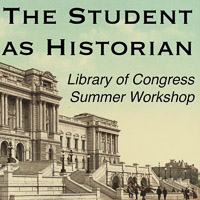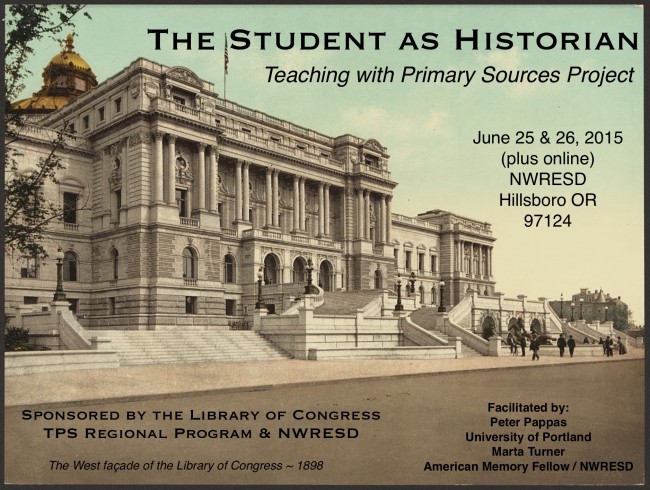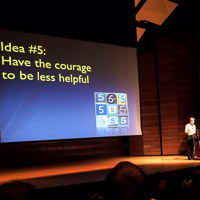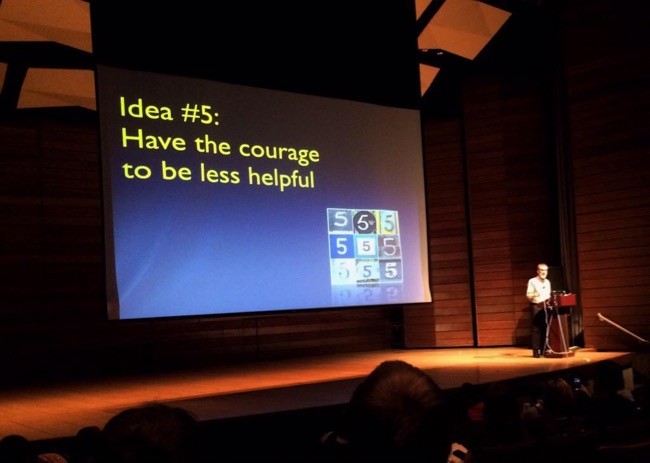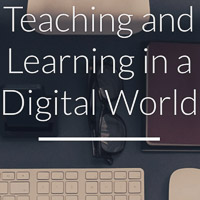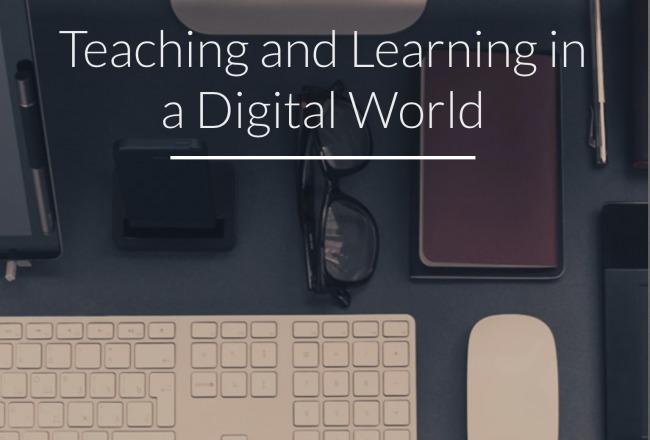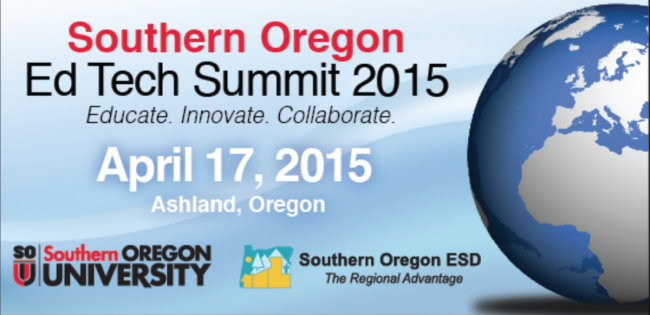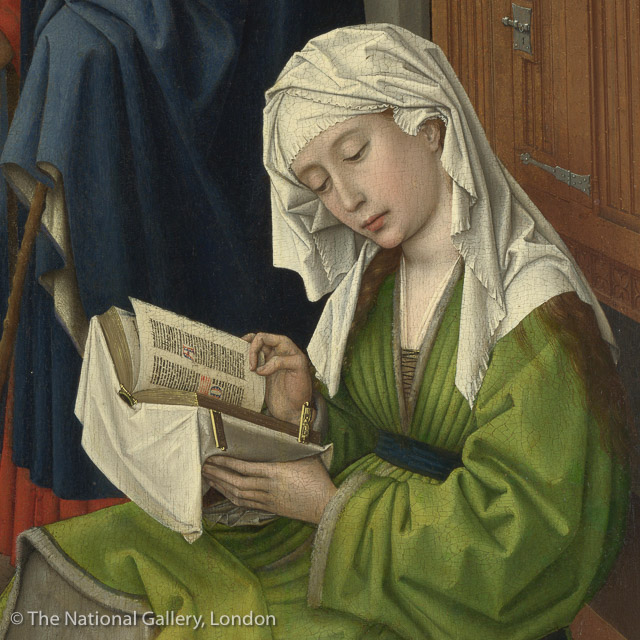 Soon I’ll be giving workshops demonstrating how to integrate literacy skills for close reading with historical thinking skills. Here’s a preview.
Soon I’ll be giving workshops demonstrating how to integrate literacy skills for close reading with historical thinking skills. Here’s a preview.
- Sept 23 – Learning Lab / EducationPlus St. Louis MO Teacher evaluations-9-23-15 244kb pdf
- Sept 26 – Oregon Writing Project ~ University of Oregon, Eugene Ore. Teacher evaluations-9-27-15 118kb pdf
- Workshop resource site: Teaching With Documents
What do we mean by historical thinking? It’s the historian’s version of critical thinking:
- Examine and analyze primary sources – who created it, when, for what purpose?
- Understand historical context. Compare multiple accounts and perspectives.
- Take a position and defend it with evidence.
What do we mean by close reading? Teachers can guide students with scaffolding questions that explore “texts” (in all their forms).
- Key Ideas and Details: What does the text say? Identify the key ideas. What claims does the author make? What evidence does the author use to support those claims?
- Craft and Structure: Who created the document? What’s their point of view / purpose? How did the text say it? How does it reflect its historic time period?
- Integration of Knowledge and ideas: Distinguish among fact, opinion, and reasoned judgment in a text. Recognize disparities between multiple accounts. Compare text to other media / genres. How does it connect to what we’re learning? And what’s it mean to me?
Let’s look at how a close reading of historical sources for craft and structure can integrate with the historical skill of sourcing – who created it, when, for what purpose?
Here’s a great illustration of historical sourcing from Stanford History Education Group’s Beyond the Bubble.
And here’s an exercise I used with teachers at a workshop this past summer. Here’s the instructions they were given:
- Create and post a source comparison. Be sure to include: Historical question and two sample sources.
- Once other workshop members have posted their source comparison questions, use their content to answer the question: “Which do you trust more? Why?”
- Feel free to add multiple answers to the same question and / or comment on each others question / or answer. It’s a dialogue.
Here’s a Google doc with my prompts and teacher responses.
Image Source: Rogier van der Weyden, Detail from The Magdalen Reading, c. 1435–1438. National Gallery, London
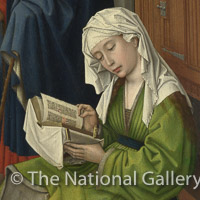

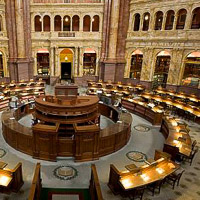
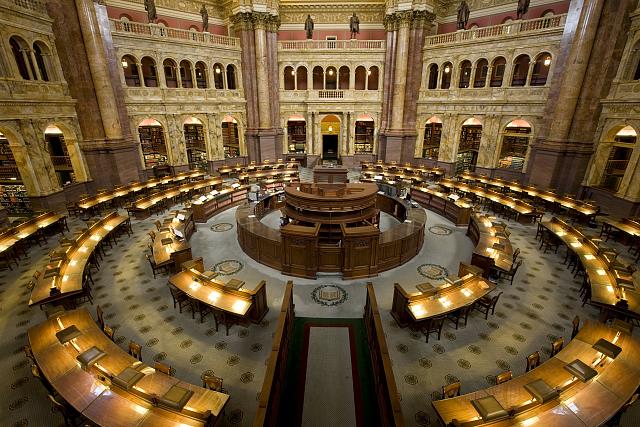 The Library of Congress is the largest library in the world, with more than 160 million items on approximately 838 miles of bookshelves. Much of the collection is being assembled into a
The Library of Congress is the largest library in the world, with more than 160 million items on approximately 838 miles of bookshelves. Much of the collection is being assembled into a 